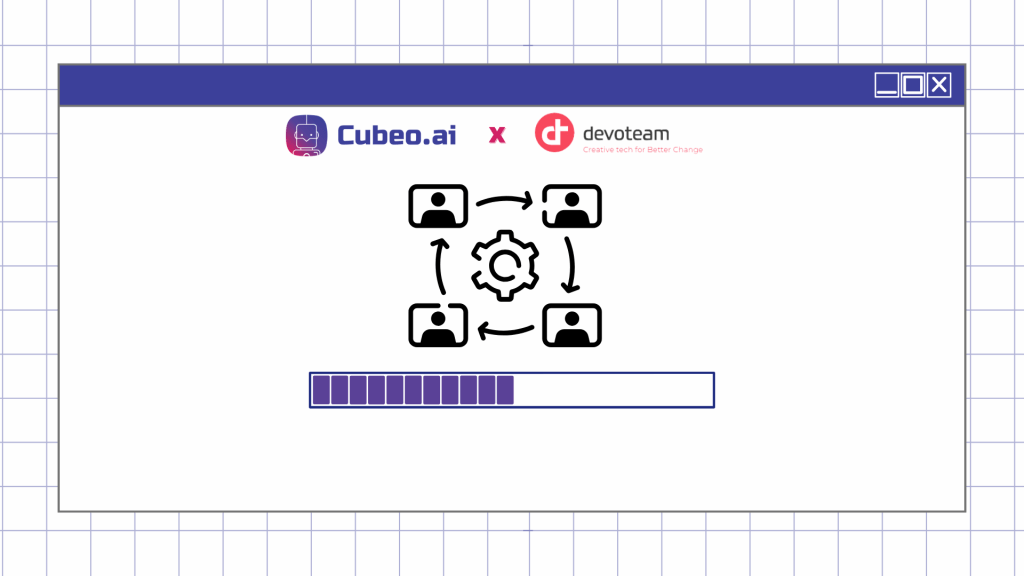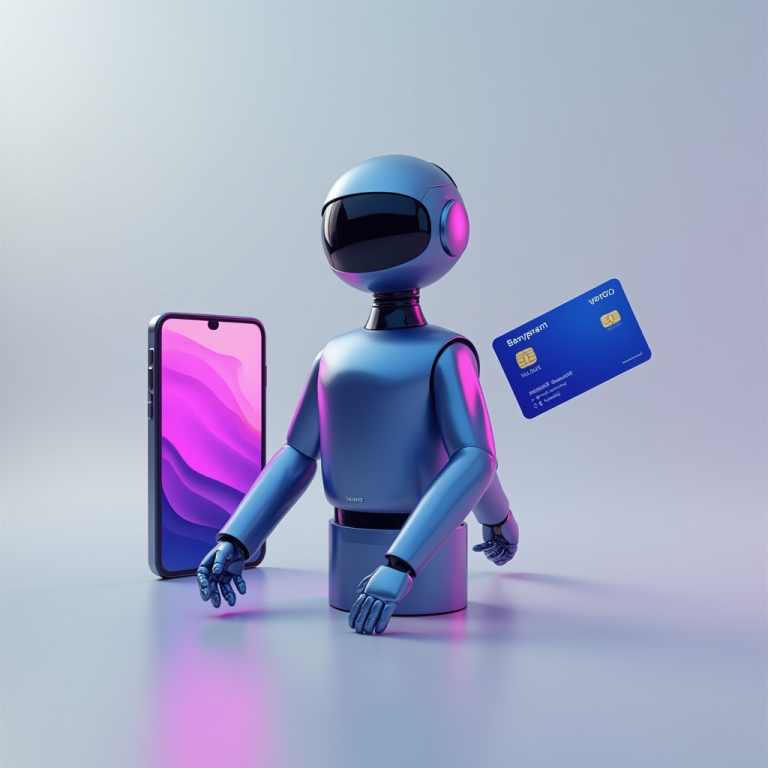Transitioning your business to harness the power of AI can feel like navigating uncharted waters. While the potential gains are enormous—speed, efficiency, and innovation—getting there requires more than just plugging in new software. It’s about transforming workflows, winning over your team, and ensuring that every system is in sync.
Drawing on the experiences of companies like Devoteam, who used Cubeo AI to supercharge their processes, this blog explores how to seamlessly integrate AI into your existing workflow while avoiding the common pitfalls.
Table Of Contents
Understanding the Importance of AI Integration
Artificial Intelligence (AI) holds immense potential to automate repetitive tasks, optimize decision-making, and enhance the overall efficiency of workflows. Businesses that integrate AI into their systems can accelerate processes, improve customer satisfaction, and reduce human error. Yet, without a clear roadmap, introducing AI into an already-established workflow may cause disruptions, confusion among staff, or even resistance from the team.
Devoteam’s experience with Cubeo AI provides a prime example of how strategic AI implementation can lead to remarkable improvements in response times and team performance. Their success story underscores the importance of structured integration, preparation, and ongoing support, which we’ll explore in detail.
Challenges of Integrating AI into Current Systems
The introduction of AI into existing workflows can bring several challenges, including:
- Technological Compatibility: Ensuring that AI systems integrate smoothly with legacy software can be a hurdle, particularly if the infrastructure is outdated.
- Team Resistance: Employees may fear that AI will replace their roles, leading to resistance or reluctance in adoption.
- Data Quality and Management: AI relies on vast amounts of data, and if this data is not structured or accurate, the AI’s outputs may be ineffective or misleading.
- Training Requirements: Staff may need training on how to use new AI tools effectively, especially if they are unfamiliar with machine learning or AI technologies.
By acknowledging these obstacles early on, businesses can take a proactive approach to overcome them.
Best Practices for a Smooth AI Integration
1. Conduct a Workflow Audit
Before integrating AI, businesses must first conduct a comprehensive audit of their current workflows. This involves identifying areas that can benefit from automation or optimization. By understanding existing inefficiencies, companies can pinpoint the processes that AI can improve.
Devoteam Italy, for example, recognized that its sales and implementation teams were spending too much time on repetitive tasks. By automating these tasks with Cubeo AI, they managed to significantly reduce response times and boost customer satisfaction.
2. Choose the Right AI Solution for Your Needs
Not all AI solutions are created equal, and choosing the right one is critical. Companies should consider the specific problems they aim to solve with AI and select solutions that align with these objectives. In Devoteam’s case, Cubeo AI provided customizable AI agents tailored to their sales and implementation needs, enhancing their internal processes without requiring coding expertise.
3. Ensure Seamless Integration with Existing Systems
One of the most common challenges when integrating AI is ensuring that the new technology works seamlessly with existing systems. Legacy software or outdated infrastructure can hinder the integration process. To avoid these issues, businesses should work with AI providers who offer APIs that facilitate smooth integration.
Cubeo AI’s platform allowed Devoteam to embed AI agents into their workflow without disrupting their existing operations. This integration was key to maintaining continuity while introducing new technology.
4. Foster Team Adoption through Training and Communication
A successful AI integration requires buy-in from the entire team. Employees must understand that AI is a tool to assist them, not replace them. Offering training sessions and fostering open communication can help alleviate concerns and ensure that team members feel comfortable using the new technology.
At Devoteam, training was an integral part of the process. Staff learned how to work alongside the AI agents, allowing them to focus on higher-value tasks while the AI handled routine operations.
5. Start Small and Scale Gradually
Instead of overhauling your entire workflow, it’s often more effective to introduce AI in smaller, more manageable increments. This phased approach allows for testing, feedback, and adjustments before scaling AI across the organization. By starting with a pilot project, businesses can gauge the impact of AI without overwhelming the system.
Devoteam took this approach by initially deploying AI to assist their sales and implementation teams. After witnessing the benefits, they expanded AI usage to other departments.
6. Monitor Performance and Continuously Optimize
AI is not a set-it-and-forget-it solution. Businesses must continuously monitor AI performance to ensure it meets objectives. This involves reviewing data outputs, evaluating effectiveness, and making necessary adjustments. Additionally, AI models can learn and improve over time, but they require regular updates and fine-tuning.
Devoteam monitored their AI agents closely, leading to improved response times and better customer interactions. By staying vigilant, they ensured that the AI continued to deliver value.
Team Adoption: A Key to Success
The success of AI integration hinges on team adoption. Without proper buy-in from employees, even the most advanced AI systems will fail to deliver results. By fostering a culture of collaboration and offering clear communication, businesses can ensure their teams embrace AI as a supportive tool rather than a threat to their roles.
Devoteam’s strategy to involve their team from the outset and provide thorough training contributed significantly to their successful AI integration. Employees quickly adapted to using AI agents in their day-to-day operations, realizing the benefits of faster response times and reduced manual workload.
Integrating AI for Future Growth
AI is not just a tool for solving today’s challenges; it’s a technology that will drive future growth. Businesses that effectively integrate AI into their workflows can position themselves at the forefront of innovation, ready to scale and adapt to the evolving digital landscape.
Devoteam Italy’s experience with Cubeo AI demonstrates how AI can provide both immediate and long-term benefits. By integrating AI agents into their sales and implementation processes, they achieved 7x faster response times, handled 50% more inquiries, and saw a 30% increase in customer satisfaction.
Conclusion
Integrating AI into existing workflows doesn’t have to be daunting. By following best practices—such as conducting a workflow audit, fostering team adoption, and monitoring performance—businesses can overcome challenges and experience the transformative benefits of AI. The success of Devoteam Italy with our platform serves as a prime example of how AI can streamline operations, improve response times, and enhance customer satisfaction, setting the stage for future innovation.
Sign up here to start exploring our platform, and schedule an onboarding call with one of our founders who can provide tailored advice for your specific needs. We’re excited to see what your team can achieve with Cubeo AI!



